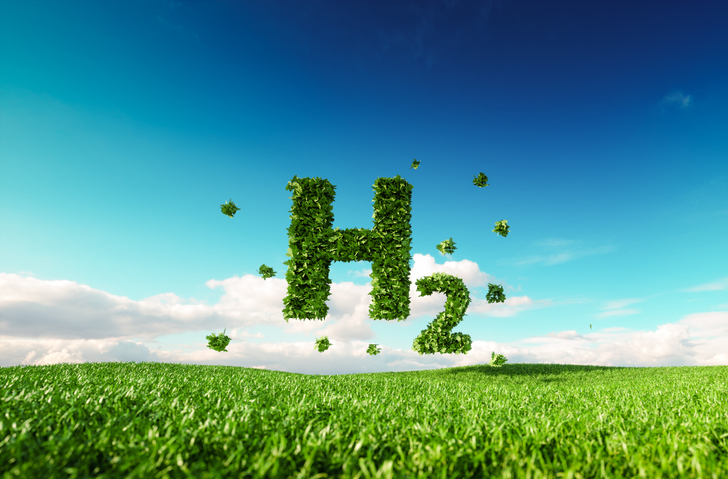In November 2018, the European Commission presented the strategy for a climate-neutral Europe by 2050 to make Europe a green continent. It is an ambitious plan which sets the objective of reducing greenhouse gas emissions by 55% by 2030. Therefore, it is clear that in order to fulfil climate goals in the medium and long term, forceful policies are required for the decarbonisation of the transport system in the public and private sector.
Since environmental sustainability and climate action have been on the international political agenda, many ways to reduce emissions derived from urban and interurban passenger and goods transport have been explored.
For this reason, the bid for alternatives to fossil fuels has been in the spotlight in recent years, not only in relation to transport, but also in industry as a whole.
Of all of the feasible green fuels, hydrogen has been identified as the one with the greatest potential, as it can be stored in liquid and gaseous format and distributed via gas pipelines. Furthermore, it is one of the best green fuels for sectors that are difficult to decarbonise, such as air transport or heavy industry.
However, clean hydrogen presents a major difficulty in terms of cost and the production process, as it is not an element that is found in nature and it is obtained through costly chemical processes in terms of energy and water electrolysis. Thus, decarbonisation initiatives related to hydrogen are so important, as is the creation of a Hydrogen Hub by Petronor and the Provincial Council of Bizkaia.
Due to this difficulty in its production, the European Commission launched the Hydrogen strategy for a climate-neutral Europe on 8th July 2020, whose objective lies in accelerating the production of clean hydrogen, a fuel that “has many possible applications which would reduce greenhouse gas emissions”. This strategy foresees three key time frames: the short term – from today until 2024-, in which installations for the production of up to 1 million tonnes of renewable hydrogen will be supported; medium term – from 2025 to 2030, a period in which hydrogen needs to become an intrinsic part of our integrated energy system; and the long term – from 2030 onwards -, during which time the production of hydrogen should reach maturity and be deployed at a large scale. All of these measures will be complemented with others intended to foster demand for clean hydrogen, promote its research or commit to a regulation that contemplates the ideal framework for its production.
Clean hydrogen is currently the green fuel that is being given a major boost by the European Commission, up to the point that it has been declared an investment priority. The reasons lie in its enormous potential to transform not only the framework for the mobility and transport of passengers and goods, but also its impact on all production sectors and its resilience.





















